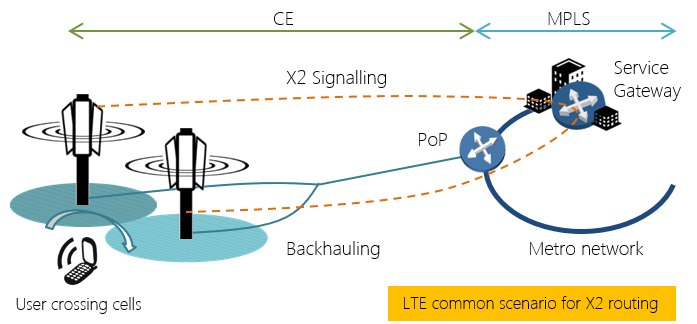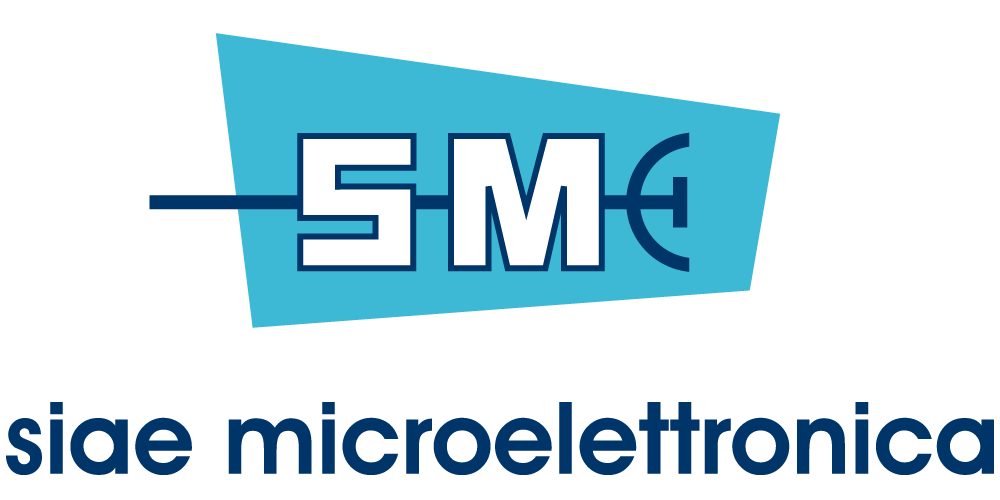Microwave Radio Technology Advantages
Direct Line Of Sight
Shortest path from PoC to site.L2/L3 integrated functionalities
One box to site, regardless of service typeImmediate time to service
Deploy and operate in a day timeframeScalable, nodal solution
Growing in line with networks needHigh speed 10Gbps links
No limits with fibre like capacitySecurity
With traffic encryption and management security accessSDN native
To facilitate 5G end-2-end service enablementAll Terrain independent
From Urban to Rural deploymentsSDN Applications
To facilitate 5G end-2-end service enablementSynchronization distribution
Vital to mobile network operation |
LTE-Advanced introduces new key features to mitigate interferences, maximize radio performances and boost user capacity. All of these features have specific requirements that are reflected into the backhauling network. The introduction of MPLS layer3 microwave radio systems provMPPide a good solution for backhauling and the enablement of these new features. |
 |
In the vision of 5G deployment for a “hyper-connected” network, operators are targeting a blend of new and existing technologies to allow unprecedented coverage and availability. In the definition of 5G requirements, among the different capabilities (as shown in the figure, expressed by IMT-2020 - ITU-R M.2083-0) we found defining elements that could be transposed to the underlying transport network. These can be used to characterize the transport network of the future. Operators have identified four macro groups:
|
TDM legacy migration to full IP
Supporting E1 natively or circuit emulated. The solution evolves with your Network, with MEF 2.0 certified Carrier Ethernet services required by LTE Network deployment and ready to support IP/MPLS services
Millimetre wave for 10G fibre like capacity
E-Band complements the standard licensed microwave frequency bands as stand alone or in a Multi-Carrier aggregation solution. The 80GHz radio link is by nature the lowest latency transport technology
Multicore F.O. 2Gbps, single antenna
Expand the network with smallest infrastructure needs, reducing to zero the indoor footprint, reaching any distance needed
Common OS for operational consistency
Speeding up homologation tests and simplifying in-field activities of engineers
Services integral part of mobile backhaul
A stronger set of services are needed to support operators in designing, integrating and deploying new models like a multicarrier link aggregation solutions or reviewing the traffic matrix to implement MPLS services, or redesign the DCN for a leaner operational model
Vertical approach for maximum performances
In-House RF design and manufacturing capabilities ensures our components are designed to satisfy our systems intended performances
